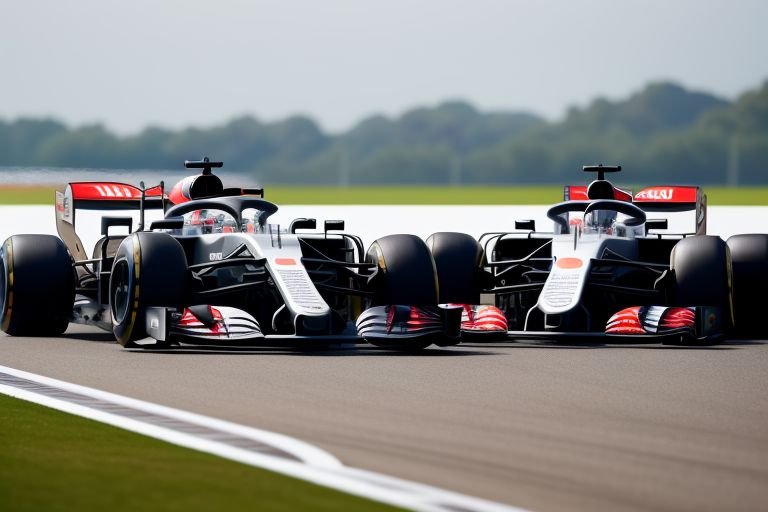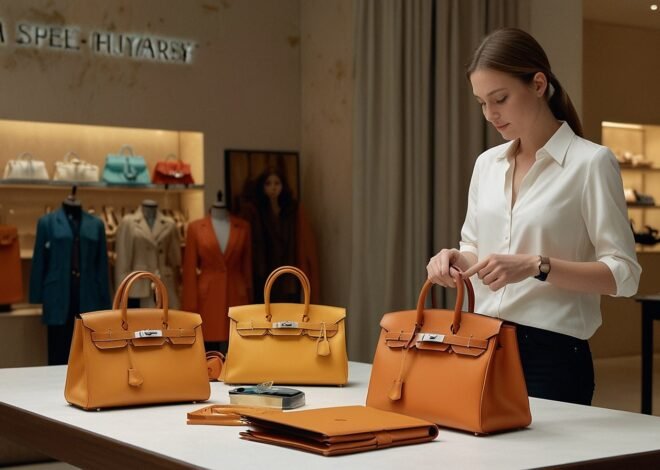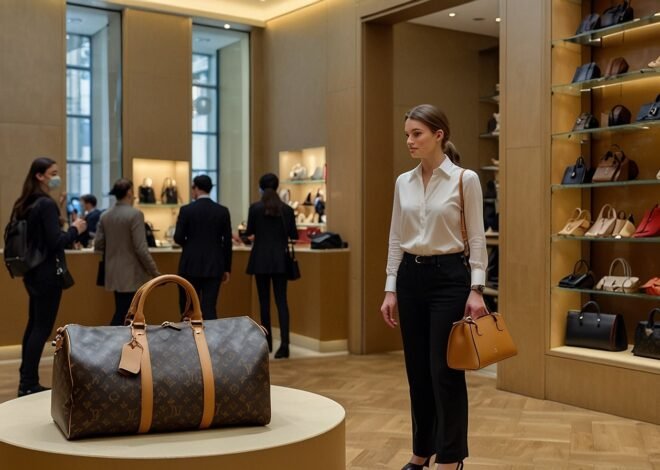
LVMH’s Formula One sponsorship strategy
French luxury goods giant LVMH set to finalise a huge sponsorship deal with Formula One as a part of its strategy to increase brand recognition of its luxury brands globally.
The Paris based firm is in the process of finalising the deal that would make it among the key sponsors of the prestigious racing event through unveiling of some of the company’s brands such as Tag Heuer watch maker and possibly the Moet & Chandon Champagne.
This alliance on a strategic level seeks to maximize on Formula One’s global reach and glamorous nature in enhancing LVMH’s luxury brands. It is also expected that there will be the opportunity to place brands’ logos and products on the races, which will provide the highest visibility to a wide range of clients, including the wealthy ones. For LVMH this is a chance to associate its brands with energy, accuracy and technology associated with Formula One.
The possible sponsorship comes at the right time when luxury brands are looking for ways of reaching their consumers and staying relevant in a world dominated by the internet. Given the fact that Formula One has an international appeal and is in a position to provide fans with an engaging experience, it is fitting for LVMH’S strategy of targeting the luxury consumers at every point of the marketing mix.
Analysts suggest that this decision is strategic and it is aimed at enhancing LVHM’s operations in the highly saturated luxury goods market. Thus, cooperating with Formula One the company receives not only the access to the target consumers but also strengthens the image of the brands as the market leaders in terms of performance and elegance.
The agreement, if completed, would make a new trend in luxury marketing in sports, which could make other luxury brands to follow the same trend. It also enormously capture the shift of trend of luxury consumption where experience and symbolic association are the new trends among the elites.
The sponsorship deal has not been disclosed to the public but it is likely to be a huge tender for LVMH. Nonetheless because of the successful marketing strategies that the company has achieved in the past, it is believed that the opportunities of achieving high returns in terms of visibility and consumers’ engagement might outweigh the expenses.
LVMH also recently made another step in the same vein, the combination of luxury and sports which has been on the rise in the last few years. Thus, as more luxury brands try to capture the younger and more diverse audiences, associating with popular sports events offer an opportunity to present the brands’ legacy and advancement in a vibrant setting.
The likely LVMH-Formula One deal will cause other luxury brands to look for the next big thing in marketing their products thereby creating a domino effect across the sector. This also brings up the issues of brand experience and the need to develop meaningful experiences when conventional advertising techniques are not enough to grab the consumers’ attention.
This kind of partnership shows that luxury industry is open to new areas of communication and is constantly adapting to new forms of marketing. The extent of such a strategic move will only be apparent in the following months not only for LVMH but for the whole luxury industry.


